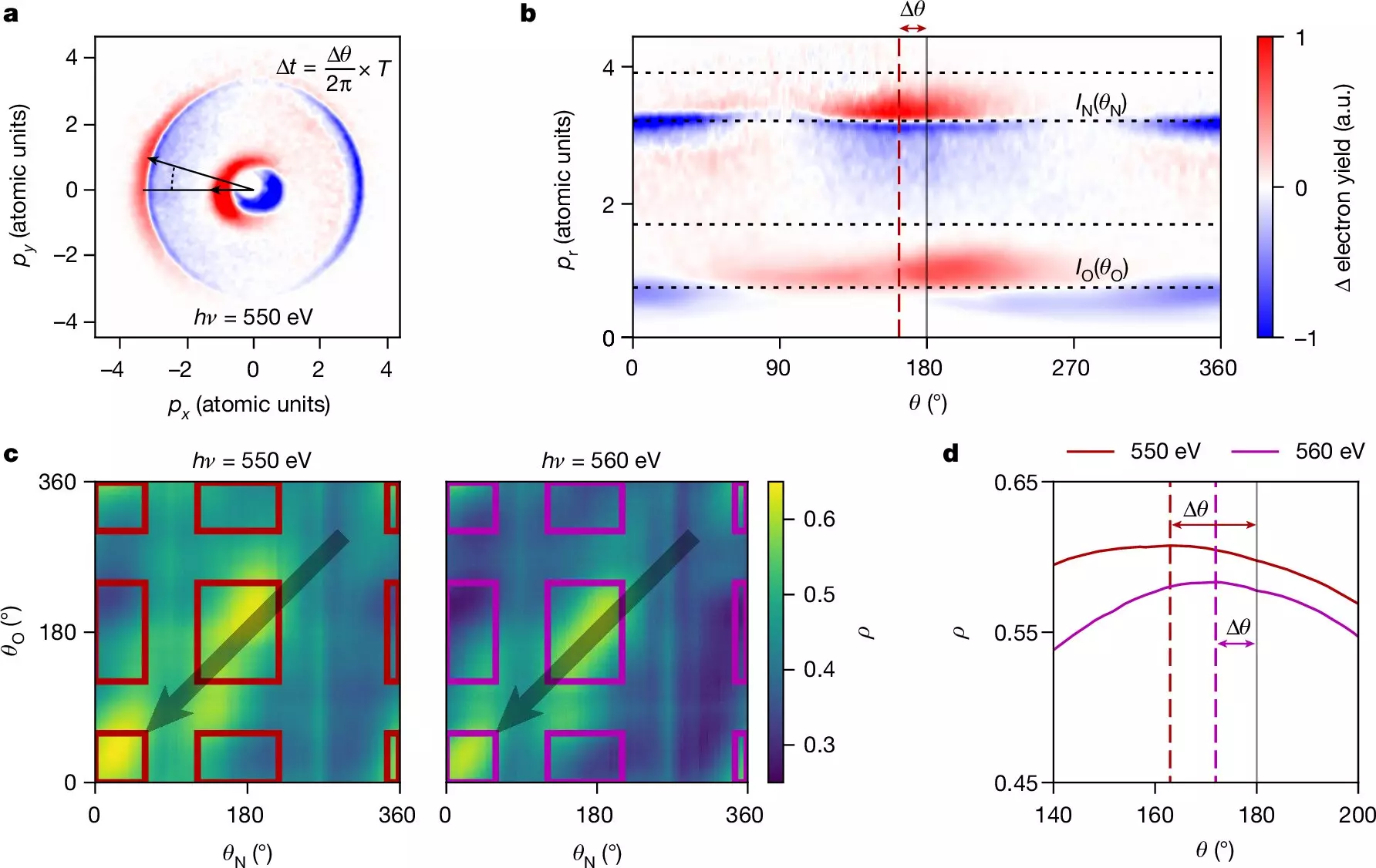The discovery of the photoelectric effect, which has been a significant topic in the scientific community for over a century, has recently taken a groundbreaking turn. A team of researchers from the Department of Energy’s SLAC National Accelerator Laboratory has delved into new information about this phenomenon, shedding light on electron-electron interactions. Their findings, published in Nature on August 21, present a new approach to studying electron dynamics that are crucial for various technologies, including semiconductors and solar cells.
Traditionally described by Einstein as the process where an atom or molecule absorbs a photon of light and emits an electron, the photoelectric effect, or photoionization, has been the cornerstone of quantum mechanics. However, the instantaneous nature of this effect has always been a subject of extensive research and discussion. Recent advancements in attosecond science have now equipped scientists with the capability to unravel the ultrafast time delays associated with photoionization.
The researchers utilized an attosecond X-ray pulse from SLAC’s Linac Coherent Light Source (LCLS) to ionize core-level electrons in molecules under study. Subsequently, a separate laser pulse was employed to measure the “photoemission delay,” which indicates the time lapse between photon absorption and electron emission. With delays as long as 700 attoseconds being observed, the team has challenged existing theoretical models and explored new horizons in understanding electron behavior.
Intriguingly, the researchers also found that electron interactions played a pivotal role in the identified delays. The ability to measure these delays with high precision by analyzing the angular differences in the directions of ejected electrons provides a deeper insight into electron dynamics. This breakthrough not only influences the field of basic research but also has practical implications in disciplines such as protein crystallography and medical imaging where X-ray interactions are crucial.
The study conducted by the team at SLAC National Accelerator Laboratory is just the beginning of a series of planned experiments aimed at exploring electron dynamics in diverse molecular systems. The newfound technique developed by these researchers has already been adopted by other research groups to investigate larger and more complex molecules, unravelling additional dimensions of electron behavior and molecular structure. With the flexibility and power of LCLS, these measurements are expected to lead to further advancements in understanding electron dynamics.
The revelation of the photoelectric effect by the team of scientists at SLAC National Accelerator Laboratory marks a significant milestone in electron dynamics research. By uncovering new insights into electron-electron interactions and challenging existing theoretical models, this breakthrough opens up a realm of possibilities for studying molecular systems and advancing various technological applications. As the scientific community delves deeper into this evolving field, the mysteries of electron behavior continue to unfold, paving the way for innovative discoveries and advancements in the realm of quantum mechanics.


Leave a Reply